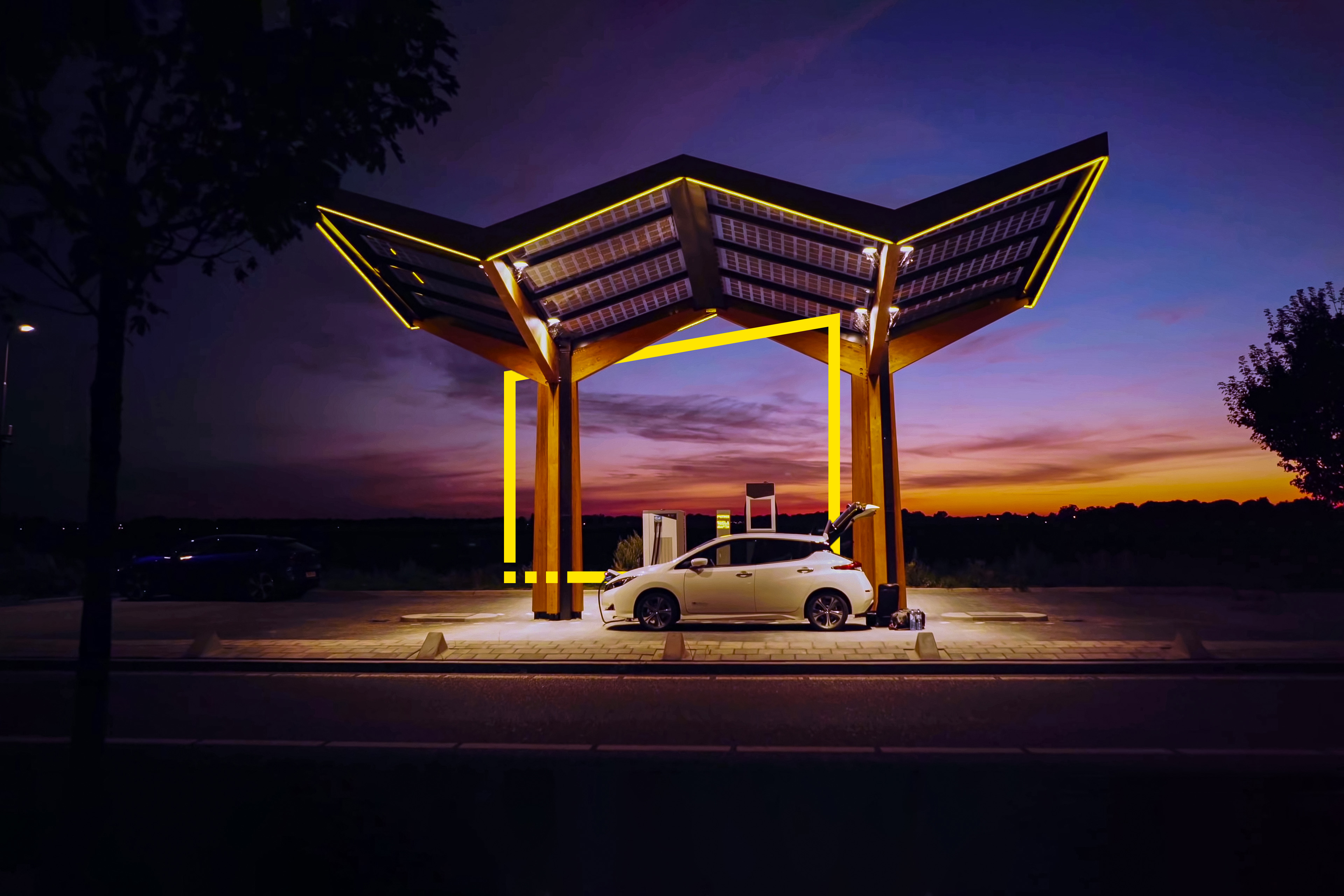EY refers to the global organization, and may refer to one or more, of the member firms of Ernst & Young Global Limited, each of which is a separate legal entity. Ernst & Young Global Limited, a UK company limited by guarantee, does not provide services to clients.
How EY can help
Saving money, saving time, saving the planet. These three core values continue to be the primary motivators driving consumers to change energy behaviors and adopt new products and services. Cutting costs, however, is the top priority, as an energy affordability crisis deepens in many markets. Commitments to sustainability, while still relatively strong, have taken a hit as bills soar. Thirty-eight percent of consumers have bought new energy products and services to reduce their environmental impact over the past year, down from 47% last year.
This is a pivotal time to nurture consumers’ intent to make the right changes and energy investments that will power the energy transition. Three main barriers stop people from making the switch: affordability (37%); an inability to access clean energy solutions (26%); and a perception that new products and services are too complex (21%). To tackle these challenges, providers will need to get creative through:
- Human-centered innovation that brings together different stakeholders to develop new products and services that enable an equitable energy transition
- A commitment to equity-driven continuous improvement, identifying consumers left behind in the engagement journey, and pinpointing and removing the barriers holding them back
- A sophisticated, integrated sales, marketing and customer service that allows providers to keep pace with consumers and adapt value propositions as markets and expectations change





